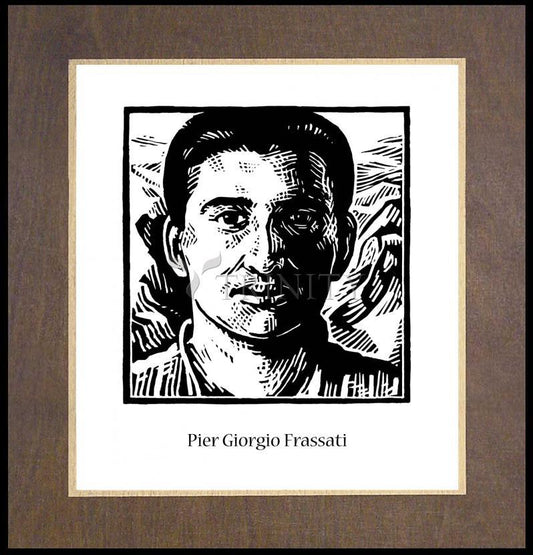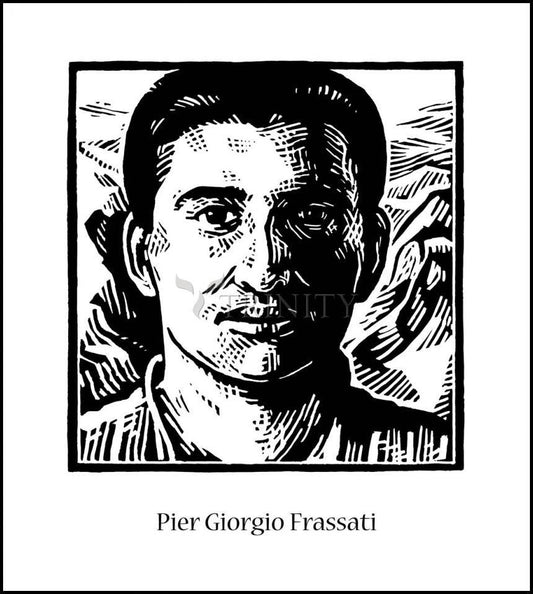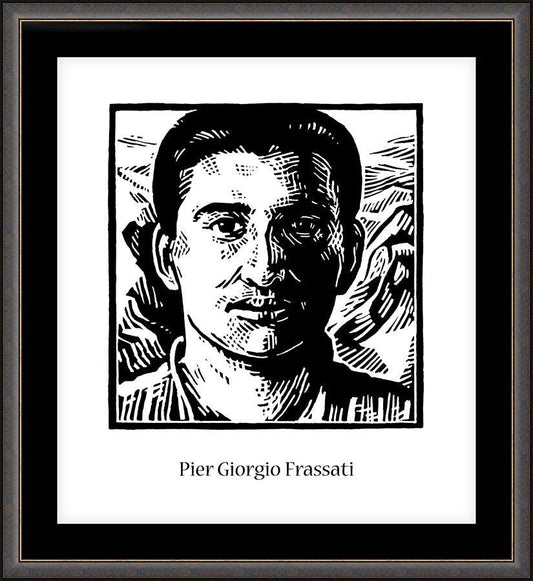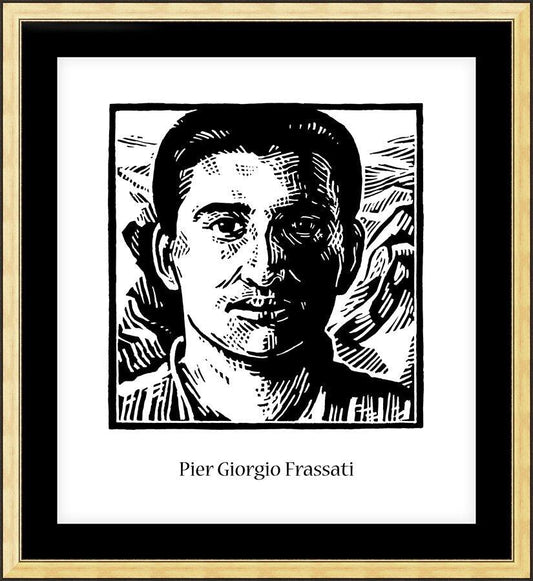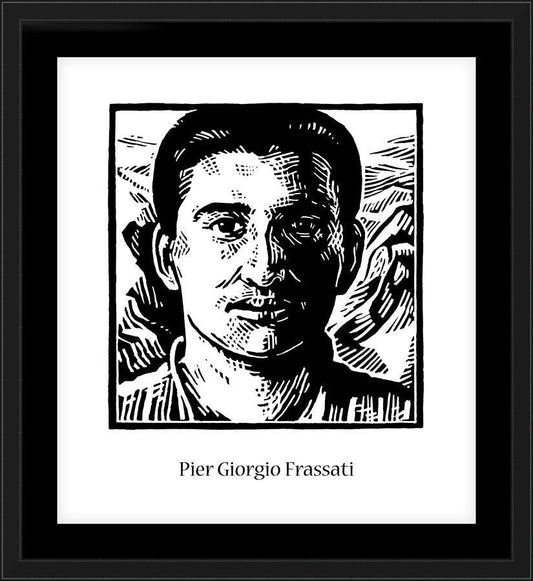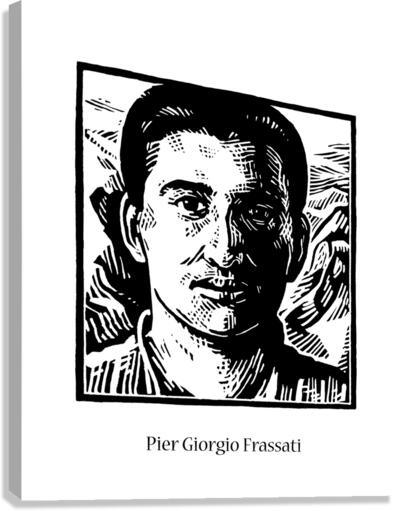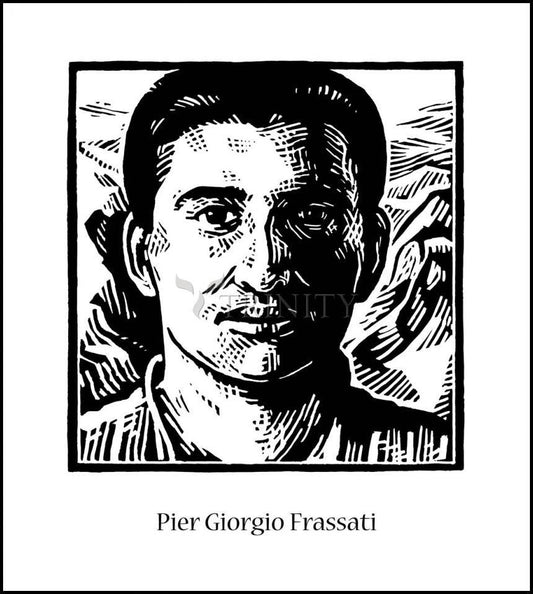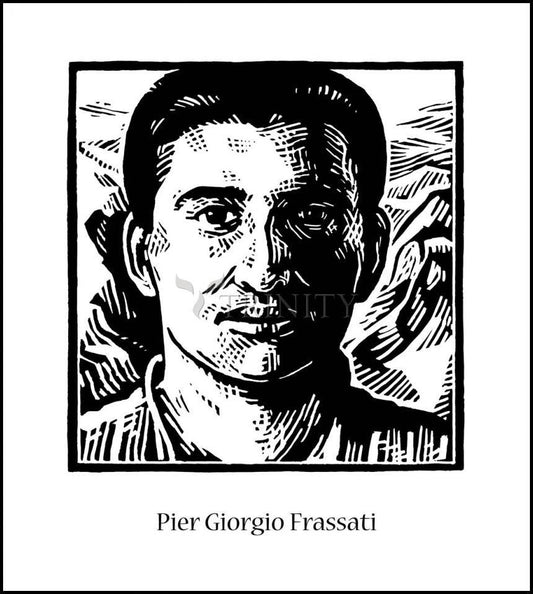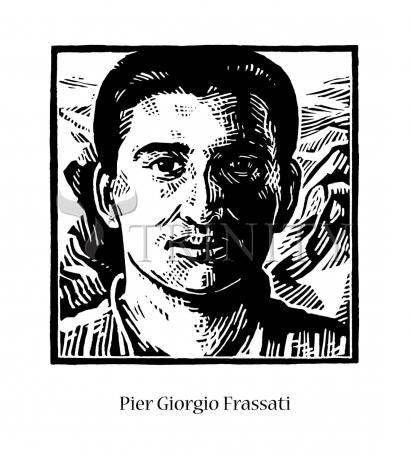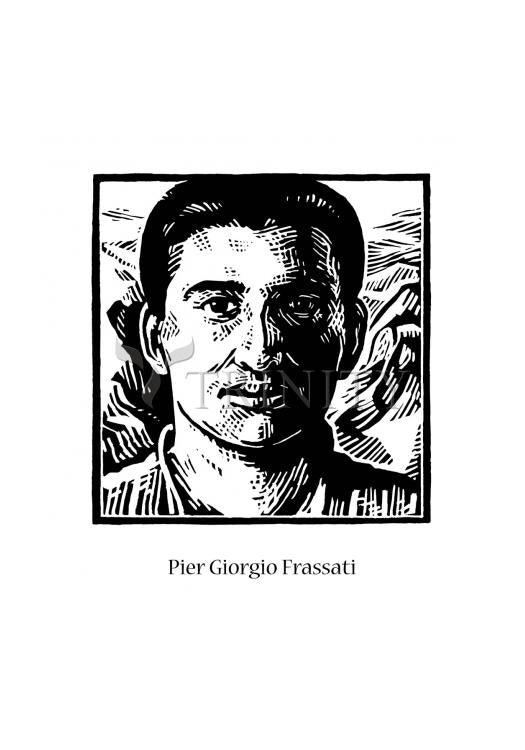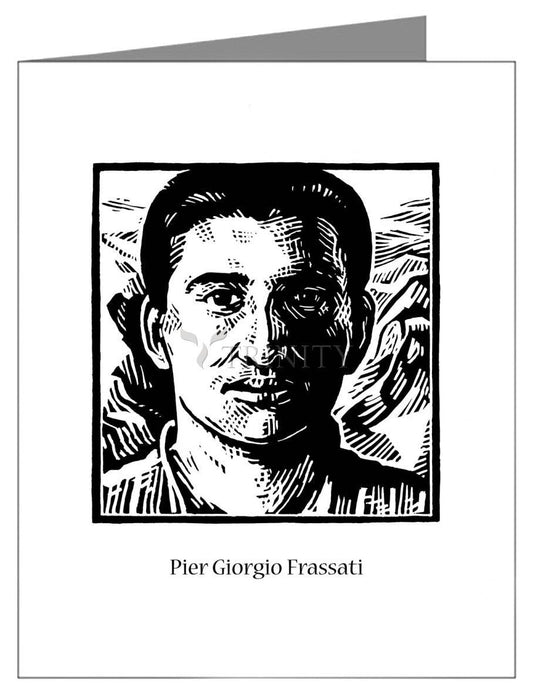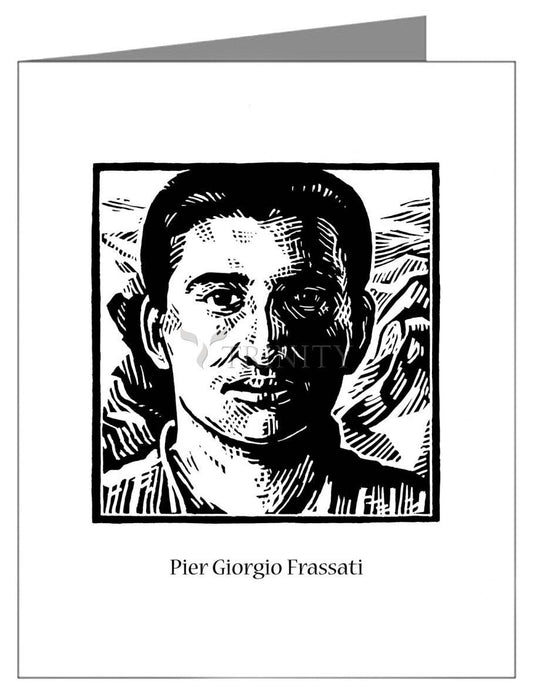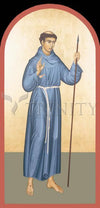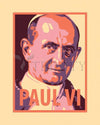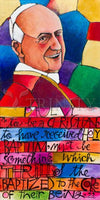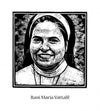Blessed Pier Giorgio Frassati is a saint for the modern world, and especially for the young people of our time. Born in 1901 in Turin, Italy, his time on earth was short - only 24 years - but he filled it passionately with holy living. Pier Giorgio was a model of virtue, a "man of the beatitudes," as Pope John Paul II called him at the saint's beatification ceremony in Rome on May 20, 1990. He was described by friends as "an explosion of joy." As Pier Giorgio's sister, Luciana, says of her brother in her biography of him, "He represented the finest in Christian youth: pure, happy, enthusiastic about everything that is good and beautiful."
To our modern world which is often burdened by cynicism and angst, Pier Giorgio's life offers a brilliant contrast, a life rich in meaning, purpose, and peace derived from faith in God. From the earliest age, and despite two unreligious parents who misunderstood and disapproved of his piety and intense interest in Catholicism, Pier Giorgio placed Christ first in all that he did. These parental misunderstandings, which were very painful to him, persisted until the day of his sudden death of polio. However, he bore this treatment patiently, silently, and with great love.
Pier Giorgio prayed daily, offering, among other prayers, a daily rosary on his knees by his bedside. Often his agnostic father would find him asleep in this position. "He gave his whole self, both in prayer and in action, in service to Christ," Luciana Frassati writes. After Pier Giorgio began to attend Jesuit school as a boy, he received a rare permission in those days to take communion daily. "Sometimes he passed whole nights in Eucharistic adoration." For Pier Giorgio, Christ was the answer. Therefore, all of his action was oriented toward Christ and began first in contemplation of Him. With this interest in the balance of contemplation and action, it is no wonder why Pier Giorgio was drawn in 1922 at the age of 21 to the Fraternities of St. Dominic. In becoming a tertiary, Pier Giorgio chose the name "Girolamo" (Jerome) after his personal hero, Girolamo Savonarola, the fiery Dominican preacher and reformer during the Renaissance in Florence. Pier Giorgio once wrote to a friend, "I am a fervent admirer of this friar (Savonarola), who died as a saint at the stake."
Pier Giorgio was handsome, vibrant, and natural. These attractive characteristics drew people to him. He had many good friends and he shared his faith with them with ease and openness. He engaged himself in many different apostolates. Pier Giorgio also loved sports. He was an avid outdoorsman and loved hiking, riding horses, skiing, and mountain climbing. He was never one to pass on playing a practical joke, either. He relished laughter and good humor.
As Luciana points out, "Catholic social teaching could never remain simply a theory with Pier Giorgio." He set his faith concretely into action through spirited political activism during the Fascist period in World War I Italy. He lived his faith, too, through discipline with his school work, which was a tremendous cross for him as he was a poor student. Most notably, however, Pier Giorgio (like the Dominican St. Martin de Porres) lived his faith through his constant, humble, mostly hidden service to the poorest of Turin.
Although Pier Giorgio grew up in a privileged environment, he never lorded over anyone the wealth and prestige of his family. Instead, he lived simply and gave away food, money, or anything that anyone asked of him. It is suspected that he contracted from the very people to whom he was ministering in the slums the polio that would kill him.
Even as Pier Giorgio lay dying, his final week of rapid physical deterioration was an exercise in heroic virtue. His attention was turned outward toward the needs of others and he never drew attention to his anguish, especially since his own grandmother was dying at the same time he was. Pier Giorgio's heart was surrendered completely to God's will for him. His last concern was for the poor. On the eve of his death, with a paralyzed hand, he scribbled a message to a friend, reminding the friend not to forget the injections for Converso, a poor man Pier Giorgio had been assisting.
When news of Pier Giorgio's death on July 4, 1925 reached the neighborhood and city, the Frassati parents, who had no idea about the generous self-donation of their young son, were astonished by the sight of thousands of people crowded outside their mansion on the day of their son's funeral Mass and burial. The poor, the lonely, and those who had been touched by Pier Giorgio's love and faithful example had come to pay homage to this luminous model of Christian living.
Pier Giorgio's mortal remains were found incorrupt in 1981 and were transferred from the family tomb in the cemetery of Pollone to the Cathedral of Turin.
Born: 6 April 1901 in Turin, Italy
Died: 4 July 1925 in Turin, Italy of poliomylelitis; buried in the family cemetery of Pollone, Italy; body found incorrupt when moved to the Cathedral of Turin in 1981
Venerated: 23 October 1987 by Pope John Paul II
Beatified: 20 May 1990 by Pope John Paul II
Readings:
By his example he proclaims that a life lived in Christ's Spirit, the Spirit of the Beatitudes, is "blessed", and that only the person who becomes a "man or woman of the Beatitudes" can succeed in communicating love and peace to others. He repeats that it is really worth giving up everything to serve the Lord. He testifies that holiness is possible for everyone, and that only the revolution of charity can enkindle the hope of a better future in the hearts of people.
Pope John Paul II during the beatification of Blessed Pier
At an age in which the passions bubble in the hearts of young people and threaten to break all bounds, Pier Giorgio concentrated his vital forces and kept them in balance. Day by day, in front of God and men, he learned to conquer himself and to master himself. It would have to be said that, without realising it, he was preparing for leadership; for it is true that, in order to know how to lead the others, first of all one must know how to lead oneself.
The designs of God are incomprehensible, because He sees things from so much higher and so much further than we: both in general and in particular. But it is permissible to think that, by calling to Himself Pier Giorgio, in the moment in which so many had placed their hopes in him, God intends that his unexpected death, which has caught us unawares, may put in relief the beauty of his life, and that it may attract the attention of you, the young people who will be able to take of inspiration from it.
Father Martin Stanislaus Gillet, O.P., Master-General of the Order of the Friars Preachers, and the man who enrolled Pier Giorgio into the Dominicans
Excerpts from "Blessed Pier Giorgio Frassati", Lay Dominicans: Fraternity of St. Dominic



